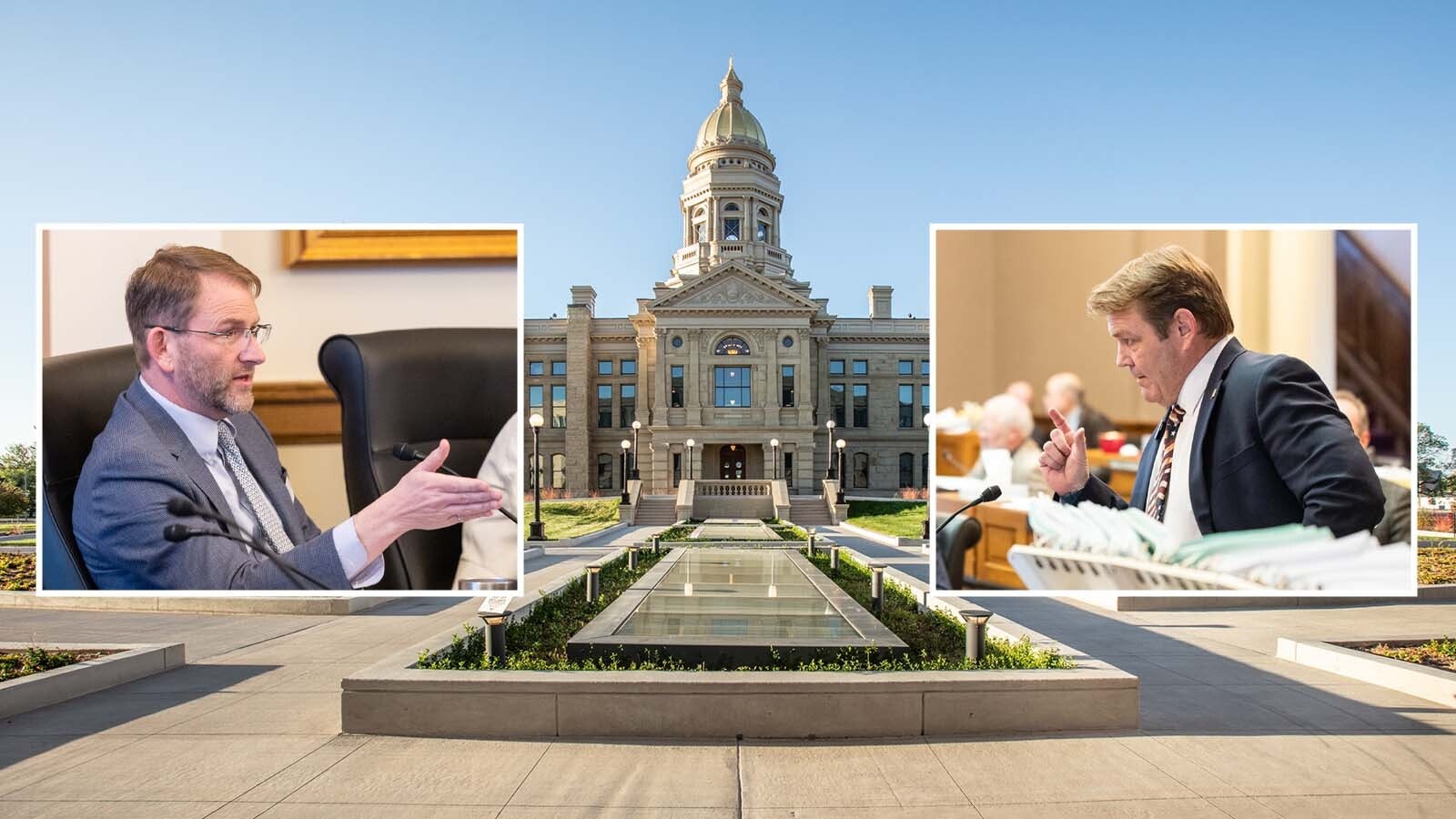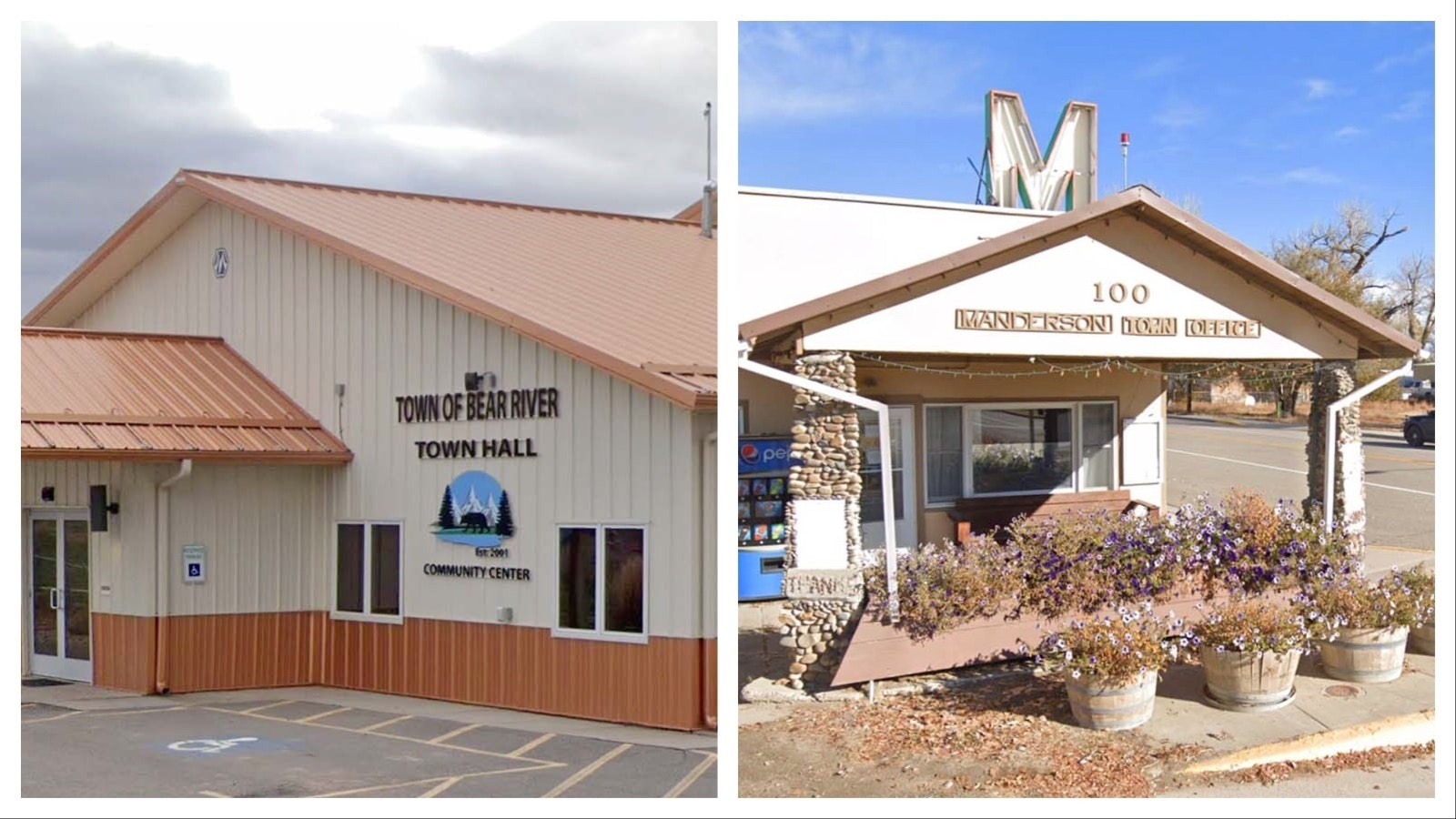Documented abortions in Wyoming doubled last year. A longtime abortion provider and an anti-abortion lawmaker in Wyoming disagree on why.
There were 103 reported abortions in Wyoming in 2021, including five late reports that trickled into the state Department of Health after the Induced Termination of Pregnancy report’s cutoff date. There were 200 abortions reported in the state in 2022, roughly double.
In both years, all reported abortions were chemical, not surgical.
In 2020, there were 91 abortions reported for Wyoming, 88 of them chemical.
This Is Just On Paper
Dr. Brent Blue, who offered abortions for 30 years in Jackson, Wyoming, and is now the Teton County coroner, told Cowboy State Daily on Thursday that the leap from 103 to 200 could be due to doctors now reporting terminations more actively rather an actual doubling in abortions.
“It’s a nuanced kind of thing,” said Blue. “I can’t say people weren’t reporting (before), but I can say I do think the terminations have traditionally been underreported.”
Blue said he considers the requirement to report abortions to the state invasive.
“I think it’s an invasion of privacy and it’s totally stupid for the state to do that,” said Blue. “But that’s not the first stupid thing the state has done in this area.”
Blue spoke critically of recent Wyoming legislative efforts to ban abortions, saying they set women’s rights back half a century.
The Guttmacher Institute’s reporting systems are less invasive, Blue said, and he remembers reporting “more aggressively” there, when he offered abortions. Blue sold his practice to St. John’s Hospital two years ago, he said, and the hospital discontinued abortions “either by neglect or intent.”
The Guttmacher Institute on Thursday showed figures for Wyoming, but only through 2020.
Wyoming codified three abortion bans recently, including one last year following the U.S. Supreme Court’s overturn of Roe vs. Wade, and two this year — one outlawing nearly all abortions and the other outlawing nearly all chemical abortion drug marketing and use.
But Teton County District Court Judge Melissa Owens blocked all three laws from going into effect as lawsuits challenging their constitutionality under the Wyoming Constitution’s promise of health care autonomy are active.
Or, Telehealth
Rep. Rachel Rodriguez-Williams, R-Cody, co-sponsored all three abortion bans and worked prior as executive director for a pregnancy resource center.
She has an opposite theory for the doubled figures: women’s access to telehealth.
“Abortionists are able to provide telehealth services across the state and they can write a prescription for chemical abortion pills, and then that’s it,” said Rodriguez-Williams.
She said the ease of access to abortion-inducing pills could enable sex traffickers and abusive partners to coerce women to have abortions.
When a woman goes to a doctor and confirms her pregnancy via ultrasound, there’s human contact. Many providers have systems in place by which a woman can discreetly tell her provider she’s being coerced or abused, Rodriguez-Williams said.
An ultrasound also will tell a woman how far along she is gestationally and whether she’s having an ectopic pregnancy. Chemical abortions are not recommended after 11 weeks’ gestation.
“Online distribution of these chemical abortion pills is dangerous,” said Rodriguez-Williams.
Two abortion providers suing Wyoming for its abortion bans, Drs. Rene Hinkle and Giovannina Anthony, did not respond by publication time Thursday to Cowboy State Daily requests for comment. Wellspring Health Access, another provider suing Wyoming, declined to comment.
Because, Migration
Blue said out-of-state women seeking abortions in Wyoming could have influenced the figures in part.
The report says nonresident abortions grew by 125%, from 32 in 2021 to 72 in 2022.
Resident-reported abortions grew by 79% in the same two years, from 71 to 127.
Blue attributed this to decreased access in other states like Idaho, where a near-total abortion ban has been in place for about a year.
Maybe Some Flukes
Rodriguez-Williams said the resident and nonresident figures may not be a definitive marker of abortion migration.
“It’s hard to know,” she said. “Because technically, some of our college students don’t change their residency; they might see the physician and be under their parents’ insurance and claim their residency out of state.”
That’s The Law
Rodriguez-Williams also did not embrace Blue’s theory that a change in doctors’ approach to reporting could account, mostly, for the reported abortion spike.
State law requires physicians to report pregnancy terminations to the state Department of Health within 110 days or risk state Board of Medicine disciplinary action.
“So I’d hope that physicians would take that pretty seriously,” said Rodriguez-Williams, noting that the reporting requirements didn’t change between 2021 and 2022.
Though Blue called the requirement “stupid” and invasive, Rodriguez-Williams said it has “a lot of value” and helps the state understand how prevalent abortion is.
“I believe abortion violates the 14th Amendment (to the U.S. Constitution), so I think the hierarchy of the right to life is much more important than privacy,” she said. “Because you’re killing a human being that has a constitutional right to life.”
A Lot Of First-Timers
In 2021, there were 79 reported abortions on women who had never had the procedure before. That figure grew by 94% in 2022, when 153 first-timers had abortions.
By contrast there were 21 abortions in women with one prior abortion in 2021 compared to 28 in 2022, a 33% increase.
Abortions increased by 180% in women with two prior abortions, from five to 14. They increased by 400% in women who’d had three or more abortions prior, from one to five.
Late 20s, Early 30s
Women ages 25-34 had more abortions than their younger and older counterparts in both years. They also had the biggest spike, of 115%, going from 48 in 2021 to 103 in 2022.
Abortion numbers by women 24 and younger grew by 86%, from 36 to 67.
In women 35 and older the figure grew from 19 to 30, or 58%.
Further Along
Women have been having abortions further along in their pregnancies, the report indicates.
There were 99 abortions at six weeks’ gestation or less in 2021, compared to 126 in 2022 – a spike of 27%.
From seven to 10 weeks’ gestation, there were 37 abortions in 2021 and 73 in 2022 – a 97% increase.
There were no abortions in the “unknown” gestation category in 2021, and 1 in that category in 2022.
As for abortions from 11 weeks onward, doctors reported zero abortions in that group in both years, and in the two years prior.
Clair McFarland can be reached at clair@cowboystatedaily.com.





